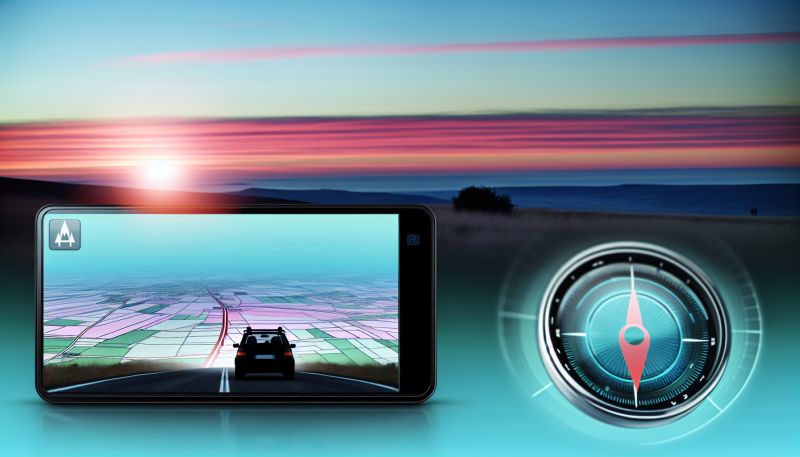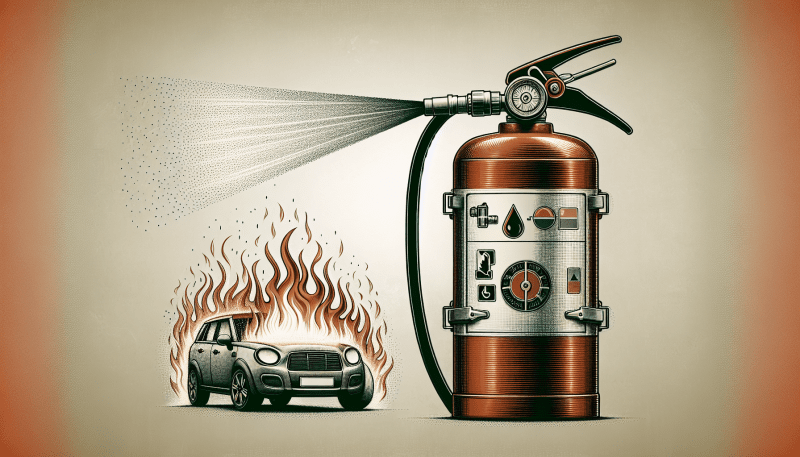Next, you’ll want to check the brightness levels. This is often measured in lumens, and finding a balance that suits your driving style is essential. You don’t want headlights that are too dim, making it hard to see the road, or too bright, blinding oncoming drivers. Look for headlights in the range of 1,000 to 3,500 lumens for optimal visibility without causing issues for others.
Don’t forget to consider the color temperature, which affects how the light looks and how well it illuminates the road. Most car headlights fall between 3000K (yellowish) and 6000K (bright white). A cooler color temperature around 5000K to 6000K can make objects appear clearer and more defined, helping you spot potential hazards faster.
Lastly, always check the compatibility with your vehicle. Different makes and models may require specific types of car headlights. A quick look in your car manual or an online search can provide you with the information you need. Once you find the perfect set, you'll be well on your way to a brighter, safer drive!
Understanding Different Headlight Types
When it comes to car headlights, choosing the right type is key to a safer and brighter driving experience. With different options available, it can be a bit overwhelming to decide which one suits your needs best. Let’s break down the main types you’ll encounter.
First up are halogen headlights. These are the most common type and they’ve been around for a while. Halogen bulbs provide good visibility and are usually quite affordable. They give off a warm light and typically last around 450 to 1,000 hours. If you're looking for something reliable without breaking the bank, halogen headlights are a solid choice.
Next, we have LED headlights. These have gained a lot of popularity recently. Why? They’re energy-efficient, last longer (about 30,000 hours!), and give off a bright white light that enhances visibility at night and in bad weather. Plus, they tend to have a modern look that enhances your car's appearance. Just keep in mind that they might be a bit pricier than halogen options.
Then there are HID (High-Intensity Discharge) headlights. These provide a super bright light and cover more ground than halogen bulbs. HID headlights can last around 2,000 hours or more, making them a great choice for those who do a lot of night driving. They can be a bit much if you’re in a city with lots of street lights, but they shine in dark rural areas.
Finally, you’ll notice laser headlights making a splash in newer car models. They offer the brightest, longest-range light available right now, and they’re becoming a favorite for luxury vehicles. However, be prepared for a heftier price tag! Now that you know the different types of car headlights, it should be easier to choose the right fit for your driving needs.
Easy Tips for Installing Headlights
Installing car headlights might sound tricky, but it’s actually a straightforward process! With a few easy steps, you can brighten your drive in no time. Here are some handy tips to help you get started:
And there you go! With these easy tips, you’ll be driving with bright, new car headlights in no time. It’s a simple way to enhance your visibility on the road and keep your evening drives safe.
Maintaining Your Headlights for Better Visibility
Keeping your car headlights in good shape is key to staying safe on the road. Dull or dirty lights can make it hard to see at night or during bad weather, and that’s when you need them the most. A little regular maintenance goes a long way in making sure your car headlights shine bright and help guide your way.
First things first, clean those headlights! Over time, they can get cloudy from dirt and grime. Grab some soap and water or a dedicated headlight cleaner and give them a gentle scrub. If they’re especially foggy, you might consider using a headlight restoration kit. These kits are usually easy to use and can make a big difference.
Next, check the alignment of your car headlights. If they’re pointed too high or low, it can cause visibility issues. This misalignment can also be a bother to other drivers, so make sure they’re correctly positioned. A simple trip to your local garage can help if you're not sure how to adjust them yourself.
Lastly, keep an eye on the bulbs. If your headlights are dimming, it might be time for a replacement. LED and halogen options are popular for a brighter beam, and swapping out bulbs is usually a straightforward job. Just remember to replace them in pairs for balanced lighting!



